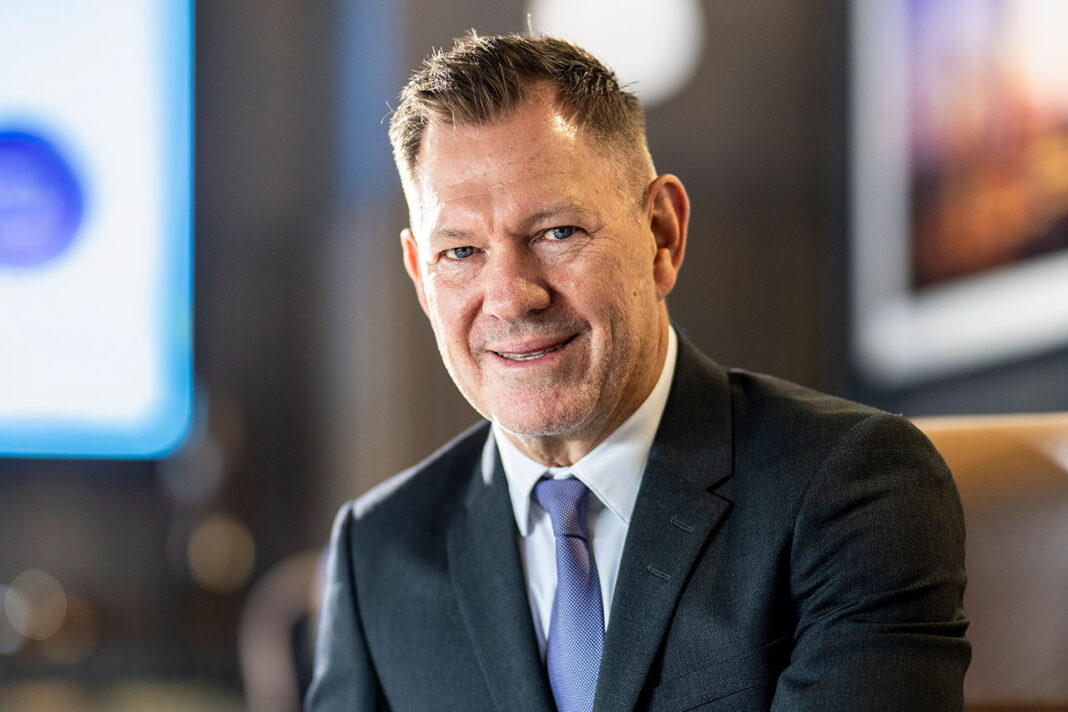Mike Fraser, CEO of Gold Fields, is hoping to convince investors there’s another side of the firm’s headline-grabbing A$3.7bn takeover of Gold Road Resources. So far, he’s frustrated that most of the attention has been on the 43% premium his company paid. Scheduled for completion in October, the transaction has unappreciated economic and mining benefits, he says.
“We keep on getting told this is a full price. But there’s a couple of things that aren’t well understood in the bid price.” One is that Gold Fields will no longer be required to pay a royalty to Gold Road for sharing Gruyere, a 350,000-ounce-a-year gold mine in Western Australia.
Secondly, there’s a $300m tax advantage as Gold Fields can depreciate Gruyere across all its assets. However, the biggest benefit is still in the ground. Resources owned by Gold Road yet not in the 50/50 JV between the companies, in place since 2018, represent potential upside, especially as gold companies around the globe are paying serious amounts for replacement and growth ounces.
Last year, gold deals accounted for 70% of dealmaking by value in the mining sector, according to a report by ratings agency S&P.
This year alone, CMOC bought Lumina Gold for $581m; Ramelius Resources, an Australian firm, unveiled the $1.5bn takeover of Spartan Resources; and in July Royal Gold, a royalties company, agreed to conclude two acquisitions worth $3.7bn.
Two mini-pits in particular are of interest to Fraser, the Gilmour and Smokebush prospects. “Those will now fit into our development plan for Gruyere,” says Fraser.
The benefit of including these resources is it delays the push-back of the Gruyere open-pit. “All of these we see as upside options to the underlying value. So even though we moved to the second bid, it was really just tracking how gold price had shifted,” says Fraser of the Gold Road deal.
“If you look at it where we think gold will hold over the next two years, the additional value will be baked in very easily,” he says.
Mike Fraser
“It’s not about avoiding cliffs. “It’s about, can you get really smart around capital allocation and invest money in the right places
Knowing when to expand, close or sell and buy an asset will be a differentiating factor for gold firms in the future, says Fraser. He mentions this when he’s asked about where Gold Fields is now in managing its ‘gold cliff’, or steep decline in annual production.
The question is a throwback to a previous management decision to bid $6.7bn for Yamana Gold, a Canadian firm. The offer, which failed and cost Gold Fields’ then CEO Chris Griffith his job, was motivated by shareholder concerns of a drop in annual output from 2.7 million to about two million oz annually.
“It’s not about avoiding cliffs as such,” says Fraser of Gold Fields today. “I think it’s about, can you get really smart around capital allocation and invest money in the right places to improve the quality of your business,” he says. Gold Fields’ Granny Smith mine in Australian is an example. It has only 10 years left of mining yet an investment in its materials handling could double its life. “But then,” says Fraser “you’ve got to say, is that the best use of your capital to put into that?”
At the time of writing, shares in Gold Fields had gained 46% in the past 12 months. It’s an excellent performance but it pales against its rival AngloGold Ashanti. AngloGold last year ditched the JSE as its primary listing and redomiciled from Johannesburg to London.
These factors, which have the double benefit of exposure to different indexes and a better credit rating, might well be in that performance, in addition to AngloGold’s strong cash cost control.
It raises the question as to whether Gold Fields will consider making a similar move. Fraser is a shade more open to the discussion than predecessors. Redomiciling is not to be ignored but it’s not a priority. “I still think the bigger value drivers for us are the opportunities in our portfolio to improve our business,” he says.
“But having said that, I also am fully cognisant of the fact that what will drive share price is also being able to be attractive to international investors who form the incremental investor base. Being in the index in South Africa [makes] it very hard for investors to be overweight [the share] because you know, then you’re taking risk.”




